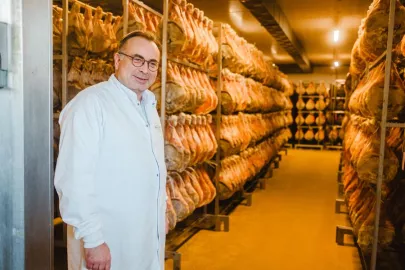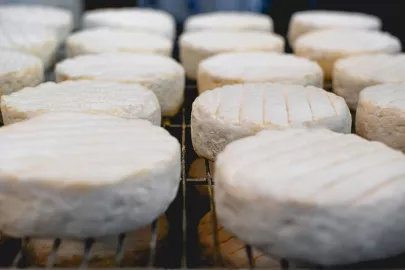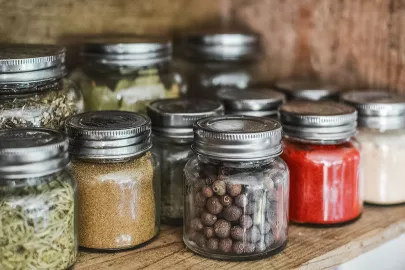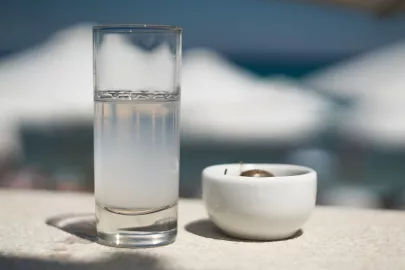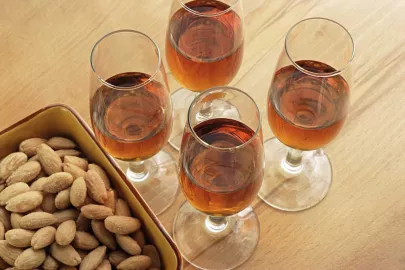Brie de Meaux has been around for centuries, but making it is still an art form. Crafted from raw cow’s milk, this bloomy, funky cheese—crowned the "King of Cheese and Cheese of Kings" at the 1815 Congress of Vienna—has an AOP label to protect its heritage and a dedicated team of cheesemakers keeping tradition alive.
It's a tradition that's deeply rooted in the French landscape, where dairy farming plays a vital role. From the rolling pastures of Normandy to the Alpine meadows, France's 58,000 dairy farms, which contribute to its position as Europe's second-largest milk producer, provide the lifeblood for iconic cheeses like Brie de Meaux.
Fit for a king
If Brie de Meaux has a reputation for being fit for a king, it’s because it’s had centuries to earn it. The cheese traces its roots back to the Middle Ages in an abbey near the bustling market town of Meaux. A centre of trade, it didn’t take long for the cheese to find its way onto tables far beyond the region, and by the time of Louis XIV, the Sun King, the cheese had become a royal staple, with wheels being delivered to Versailles each week.
Fast-forward to 1815, and French statesman Charles Maurice de Talleyrand was so confident in the appeal of his beloved Brie de Meaux that he organised a grand cheese-tasting conference at the Congress of Vienna. Fifty-two cheeses from all across Europe were presented, but Austria’s Prince Metternich—who was passionate about his local Bavarian blue—had to admit defeat. Brie de Meaux has won over the judges, and was officially declared ‘the prince of cheeses.’
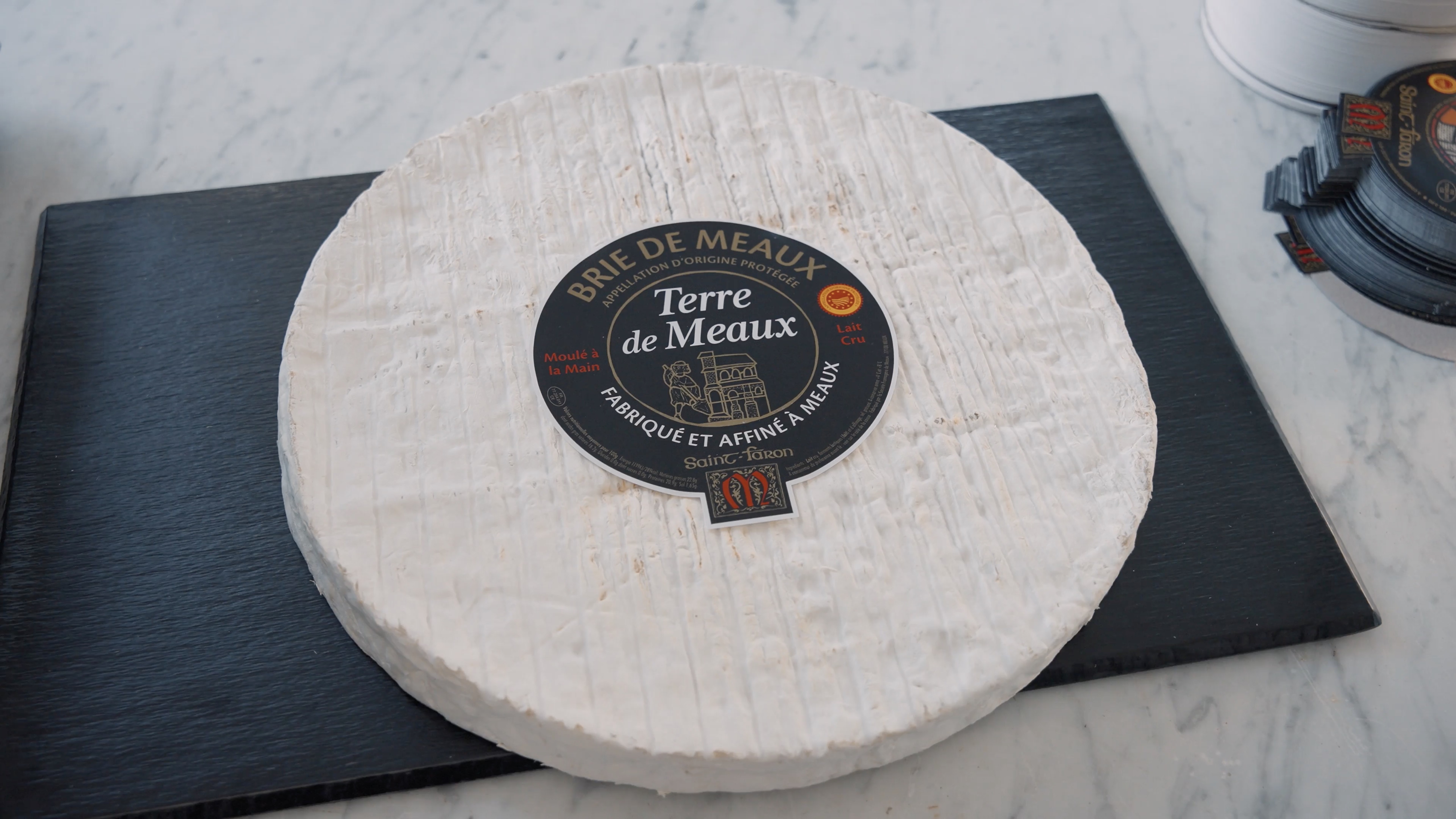
It starts with milk
Like all good cheeses, it all starts with the milk, says Marie Lavol, Operations Manager of fromagerie Saint-Faron de Meaux, where she is responsible for upholding the rigorous standards that define this AOP cheese. Cow milk is sourced from local dairy farms and carefully selected ferments added; the mixture is then left to mature for around 20 hours. Throughout this process, the milk undergoes rigorous testing—checks for pH and bacteriological conformity—ensuring only the highest quality reaches the next stage. Once ready, rennet is added to begin the curdling process. The resulting curd is then cut and gently scooped into moulds using a traditional pelle à brie, a special Brie ladle. This part is done by hand, the way it has always been, to make sure the curd settles just right.

Following the moulding, the cheese enters the draining phase, where the whey is gently extracted. During this period, the Brie is turned twice, a vital step in achieving its signature round and regular form. Next comes the demoulding, where the bries are carefully placed on racks and salted. “Salting is more than just adding flavour,” Lavol emphasises. “It's essential for preservation and also plays a critical role in the development of the fleur d'affinage (ripening flower), the characteristic white bloom that graces the surface of the cheese.”
The final step takes place in ageing cellars. Here, the bacteria Penicillium transforms the young brie with its characteristic, velvety white rind. It requires specific conditions to flourish, so the affineurs pay close attention to the temperature and humidity to create the ideal environment. This careful attention to detail is part of what makes French cheesemaking so special, and it's reflected in initiatives like "France Terre de Lait," which emphasises sustainable practices and the commitment to quality that consumers expect.

Then comes the waiting. Brie de Meaux has to age for at least 20 days, but the wheels at Saint-Faron are left to mature for up to 49, deepening in flavour until they reach that perfect balance of creaminess, earthiness, and a little bit of funk. The result is a cheese that evolves as it ages—mild and buttery when young, bold and complex when mature.
A tale of two bries
Brie de Meaux isn’t the only cheese Maria watches over. It’s sibling, Brie de Melun, also AOP, though similar, has a distinct character all its own.
“These two bries are quite different,” explains Marie. “The Brie de Melun spends over 18 hours in the vat before moulding, so it’s going to have more contact with the whey; it will taste a lot more acidic. That’s what gives it that lactic taste. It won’t necessarily have the same taste as the Brie de Meaux, rather, it’ll have slightly sweeter notes once it’s finished.”
Both cheeses are crafted with the same dedication and artistry, but where the Brie de Meaux has a nuttier, milder taste, Brie de Melun is tangier, with more bite.

Despite its long history, Brie de Meaux is still very much a product of the people who make it. Today, the industry relies on 208 milk producers, seven farmstead producers, four production workshops, and four aging facilities, all working together to bring over 6,000 tonnes of Brie de Meaux to market each year. And they’re doing it in a landscape where French dairy remains a powerhouse, with exports worth €6.6 billion annually.
How to enjoy Brie de Meaux
Brie de Meaux is a versatile, moreish cheese—whether you’re keeping it simple with a cheeseboard or baking it into something decadent, like a buttery, flaky tarte tatin with caramelised endives, or with classic black truffles from Périgord.
Perfect pairings
- Bread: A classic, crusty baguette or soft sourdough;
- Fruits and nuts: Green apples, pears, and hazelnuts bring out its richness;
- Wine: Brie loves a good pinot noir; Alsace Pinot Noir PDO, Givry PDO, and Saumur PDO are all excellent choices.
So, what’s the secret to Brie de Meaux? Time, skill, and the hands of the people who keep its tradition alive, one wheel at a time.







